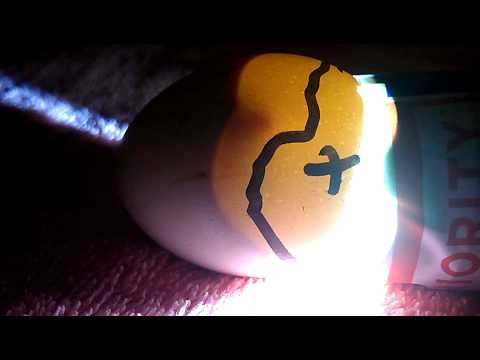- Thread starter
- #38,731
so now that everyone knows where to find CH and myself..... Hows the weather?

CH careful unpacking keep them AIR CELL UP and set them right into a carton the same way!

CH careful unpacking keep them AIR CELL UP and set them right into a carton the same way!






